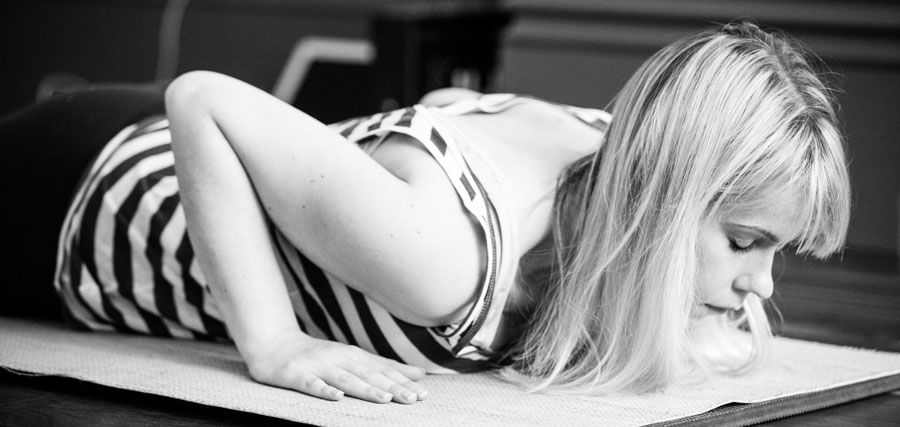Balancing effort with ease in your yoga practice

We’re constantly subjected to artificial lights, digital overload and timetables that don’t take account of seasonal changes or monthly cycles, but impact upon our natural biorhythms resulting in massive sleep debt and depletion of energy.
When we take the time to rest deeply, we activate the rest and digest response within our parasympathetic nervous system, which allows us to unwind, restore our energy and balance our emotional, physical and mental equilibrium.
GETTING THE INTENSITY RIGHT
Practicing the more vigorous, newer styles Yoga without being sensitive to the signals sent from your body can trigger your stress response and you’ve missed an opportunity for your practice to disrupt it. Conversely, if you stay within your comfort zone, while you won’t trigger your stress response, you’ve also missed another opportunity for your practice to disrupt it.
By approaching the point of perfect intensity slowly and sensitively with mindful awareness, you’ll feel your stress response mounting and your body sending warning signals – your jaw or neck muscles clenching, your breath becoming forced – and you can make adjustments to bring ease within your body, and within the challenge.
Over time, you’ll start to rewire your stress response by relaxing into the challenge, softening your muscles, slowing down and smoothing out your breath, backing off a little, letting go of the doing and allowing the wisdom of your body to guide you through.
Yoga is a very personal thing, so while your teacher can suggest poses, you don’t have to accept every invitation if it doesn’t feel right.
Yoga is a balance between effort and ease. It’s a balance between finding the edge and being aware of what happens when you reach the edge.
What happens to your jaw or your breathing? How do you respond to stress or the threat of stress? How can you back off enough to find ease and effortlessness in the pose, that effortless effort?
NOT TOO TIGHT, NOT TOO LOOSE
What happens when you push too far? What is the impact on your practice, your body and mind? What are the long term effects? In our everyday life, what happens when you get stressed? How does your body feel and how do you react? Do you accommodate it or ignore it? What happens over time if you just keep pushing through? In our culture, we think that tighter means stronger. But it doesn’t. It just means tighter.
So we need to cultivate a yoga practice that honours a balance of softness and strength, rather than pushing into a pose feeling that if it doesn’t burn we aren’t working hard enough.
This Buddhist story explains it perfectly:
A musician asked Buddha how we should meditate. Buddha responded by asking, “How do you tune your instrument?” The musician answered, “Not too tight, not too loose.” Buddha said, “Exactly like that.”
CALMING YOUR STRESS RESPONSE
All of us experience stress at some times in our lives and more and more of us are living with stress on a daily basis. So how do you calm your stress response?
Diaphragmatic breathing: Deep, full breathing using the diaphragm with a relaxed belly triggers the parasympathetic nervous system promoting a feeling of calm and relaxation.
Complete relaxation: Daily Restorative Yoga or Yoga Nidra practice or simply lying still and breathing deeply for 20 minutes will allow your body to relax completely.
Meditation: Try a moving meditation if your mind is busy. Simply close your eyes and move intuitively any way you want to, letting your body lead until it eventually moves itself into stillness.
Book for an AllWoman consultation: We offer one-to-one consultations either face to face or through Skype.
